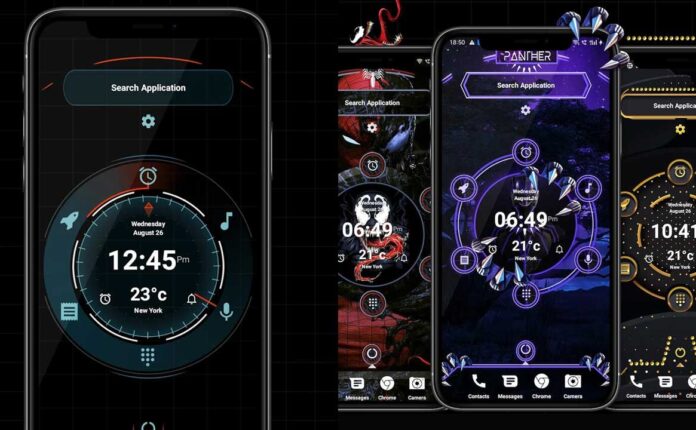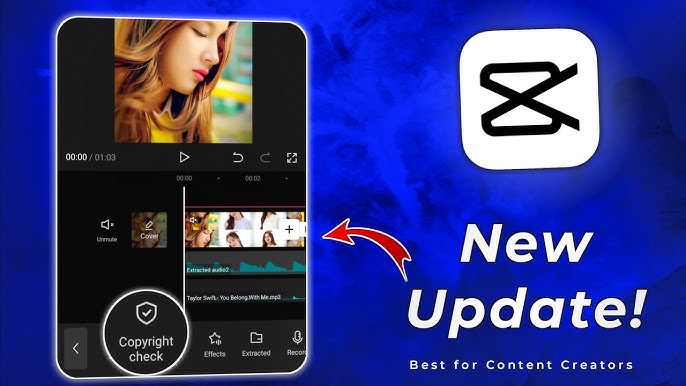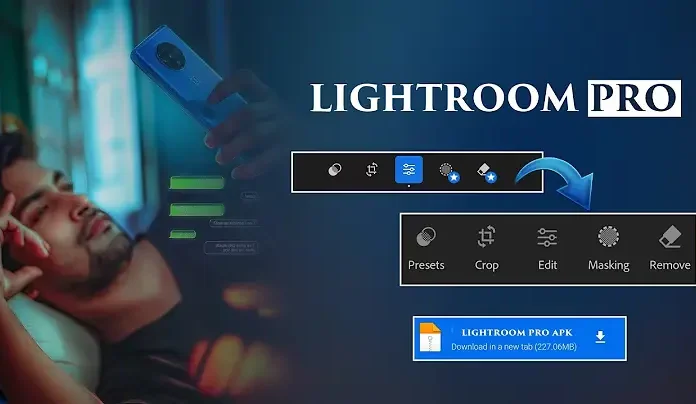The world of AI creativity just keeps getting more mind-blowing. One of the latest trends that’s catching fire in 2025 is Image-to-Video Transformation — turning a single image into a full-fledged animated video using the power of artificial intelligence.
Sounds crazy, right? But with today’s AI, it’s not only possible — it’s becoming mainstream.
📽️ The Evolution of Visual Media
From Stills to Motion: A Brief History
Remember when flipbooks were the closest thing we had to animation from still images? Fast-forward to today, and AI can take a single photo and turn it into a 10-second cinematic masterpiece. Visual media has come a long way from static photos to dynamic, moving stories — all with fewer tools and more creativity.
The Role of Artificial Intelligence in Modern Visual Creation
AI has become the magic wand for creators. From editing to animating, artificial intelligence has revolutionized how we tell stories. And Image-to-Video is one of its most mind-blowing tricks yet.
🧬 Core Technologies Behind Image-to-Video Transformation
AI Models Used
These aren’t your average algorithms. Tools like Generative Adversarial Networks (GANs), Diffusion Models, and Transformers are at the core of image-to-video AI. They analyze static images, imagine motion, and render it frame by frame.
Deep Learning and Neural Networks
Neural networks mimic the human brain. They analyze millions of visual data points to guess how an object might move or animate — almost like AI is dreaming your photo to life.
Computer Vision and Image Synthesis
Computer vision helps AI understand what’s in the image: a face, a landscape, an object. Then image synthesis takes over to “move” those elements convincingly.
🔧 How AI Turns Images into Videos
Here’s a quick breakdown:
Step 1: Image Input and Preprocessing
Upload a photo, preferably high-res. AI tools scan the image to understand the subject and background.
Step 2: Frame Generation
Using machine learning, the AI creates intermediate frames based on the probable movements of subjects.
Step 3: Motion Prediction and Animation
This is where the magic happens. AI adds motion to eyes, hands, or even background elements to simulate real movement.
Step 4: Rendering and Post-processing
AI enhances the output with cinematic effects, lighting, and even sound (if supported).
⚙️ Best AI Tools for Image-to-Video Conversion
Runway ML
Super intuitive and powerful. Perfect for creators looking for cinematic outputs.
Kaiber AI
A favorite among music video creators. Add dynamic camera moves and more.
Pika Labs
Fast, fun, and free. Ideal for beginners wanting to play with image animation.
Sora by OpenAI
Still in limited release but known for hyper-realistic motion and storytelling capabilities.
Synthesia
Primarily used for talking avatars, but great at animating still faces for business use.
🎯 Use Cases of Image-to-Video AI
-
Marketing: Turn product shots into 3D rotating animations.
-
Education: Bring historical photos to life in documentaries.
-
Entertainment: Animate characters from comics or concept art.
-
Social Media: Create trending Reels or Shorts from stills.
🎨 Image-to-Video in the Creative Industry
AI is giving indie artists, designers, and storytellers superpowers. Imagine creating a movie trailer from a single concept image. That’s not the future — it’s today.
NFT creators are also using this tech to animate static assets, increasing engagement and value.
💡 Advantages of Using AI for Video Generation
-
Speed: What took weeks now takes minutes.
-
Cost: Zero cameras or crews needed.
-
Creativity: Limitless potential with just one photo.
⚠️ Challenges and Limitations
-
Uncanny Animations: Not all outputs look natural.
-
Ethical Concerns: Deepfake-like videos can be misused.
-
High Computational Needs: Some tools require strong GPUs or cloud processing.
🔑 Tips for Getting the Best Results
-
Use high-resolution, well-lit images.
-
Frame your subject clearly — no clutter.
-
Be specific with prompts if your tool supports it (e.g., “make hair blow in wind”).
🔮 Future Trends in Image-to-Video AI
-
Real-Time Rendering: Instant video from your smartphone.
-
Text + Image Input: “Describe the scene” and upload an image — let AI handle the rest.
-
VR/AR Integration: Animated photos inside your immersive headset.
🆚 Image-to-Video vs. Traditional Video Creation
| Feature | AI Image-to-Video | Traditional Video |
|---|---|---|
| Time | Minutes | Days or Weeks |
| Budget | Low | High (Crew, Gear) |
| Creativity | AI-enhanced | Manual Effort |
| Skill Required | Beginner-Friendly | Professional |
💰 How to Monetize AI-Generated Videos
-
YouTube Shorts or Instagram Reels
-
Offer Fiverr/Upwork gigs for animated visuals
-
Sell unique video clips as stock footage or NFTs
⚖️ Legal and Copyright Considerations
-
AI-generated content ownership is murky in many jurisdictions.
-
Avoid using copyrighted images unless you have rights.
-
Always credit AI tools used, especially for commercial work.
✅ Conclusion
AI image-to-video transformation is more than just a cool trick — it’s a revolution in content creation. Whether you’re a solo creator, a digital marketer, or just curious, there’s never been a better time to experiment with this tech. All you need is one image and a little imagination.
❓FAQs
1. What type of images work best?
High-resolution, well-lit, and centered subjects give the best results.
2. Can AI animate a person from a still image?
Yes! Tools like Pika Labs and Synthesia can animate facial expressions and even speech.
3. Are these videos realistic enough for commercial use?
Many are — especially those made with Sora or Kaiber AI — but quality varies by tool.
4. How long does the transformation take?
Anywhere from a few seconds to several minutes depending on the tool and length of the video.
5. Are there any free tools available?
Yes! Pika Labs and limited versions of Runway and Kaiber offer free plans.



